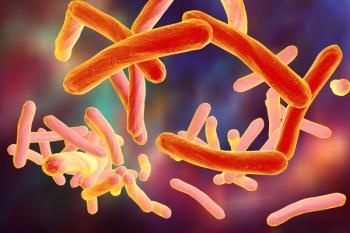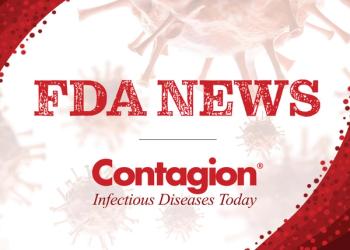
Jonathan Spero, MD, discusses workplace safety in the time of SARS-CoV-2.

Recent concerns have been raised about a spike protein mutation in SARS-CoV-2. Are these fears grounded?

Hollow-fiber infection model (HFIM) facilitates comparison of intermittent vs continuous infusion of ß-lactam antibiotic for K. pneumoniae

Despite guidelines discouraging use of anti-pseudomonal β-lactams and fluoroquinolones for community-acquired complicated intra-abdominal infection, about 75% of lower-risk patients are receiving such treatments, a new study found.

With more COVID-19 cases being realized in the US, the White House Coronavirus Task Force testified before the Senate today.

New recommendations are intended to aid biomedical firms in achieving licensure of a safe and effective vaccine.

Judith Feinberg, MD, FIDSA, describes surprising outcomes in many COVID-19 cases among people living with HIV.

Insurance data shows family members in the same household could also become infected.

In a recent CDC Morbidity and Mortality Weekly Report, data showed greater intensive care unit admission and mechanical ventilation for this group of patients.

Treatment of tuberculosis in adults with HIV can reduce mortality, but systematic treatment may go a step too far, increasing risk of adverse events compared with test-guided treatment, a new study found.

Opaganib is set to be evaluated against SARS-CoV-2 in a multi-center, randomized, parallel arm, double-blind, placebo-controlled study.

Researchers have found 6 inflammatory molecules in critically ill patients, which might be used as therapeutic targets in fighting COVID-19.

The status of emergency departments in the city during the pandemic's migration west.

Deaths associated with pneumoconiosis fell 40% from 1999 to 2018, with the greatest decrease among coal workers cases, according to a new report.

Bradley Sherman, MD, shares insight as to what goes into a respiratory ventilator recovery unit.

“Anti-Viral Immune Enhancement” also recalled due to unsubstantiated coronavirus claims.

Four human coronavirus infection rates were relatively consistent among all age groups older than 4 years, the study also found.

The infectious disease pharmaceutical and medical device pipeline is always evolving. See a round-up of our FDA drug pipeline coverage from the past week:

While smallpox may not be in headlines today, the illness (treated with tecovirimat) remains a threat.

Dr. Luwy Musey, executive director in biologics, Merck Research Laboratories, discusses what clinicians need to know about the latest PCVs.

A look at how the state became a belated hotspot, and what may help reduce future infection growth.

A group of scientists hypothesize these shots could protect young children from the novel virus.

A European study shows a small amount of hospitalized children and adolescents with COVID-19 require intensive care and is rarely fatal.

A brief on today's top ID news.

The Hong Kong researchers used online searches to quantify public interest in mask usage.

In a joint-interview, we discuss the PCV pipeline with Dr. Luwy Musey (of Merck & Co.) and Dr. Steven Pelton.

The finger-prick test showed 98.8% specificity for novel coronavirus in assessments including 1500 patients.

Analysis suggests approach may be particularly useful when testing resources are limited.

Where did things go wrong for the Grand Canyon State?